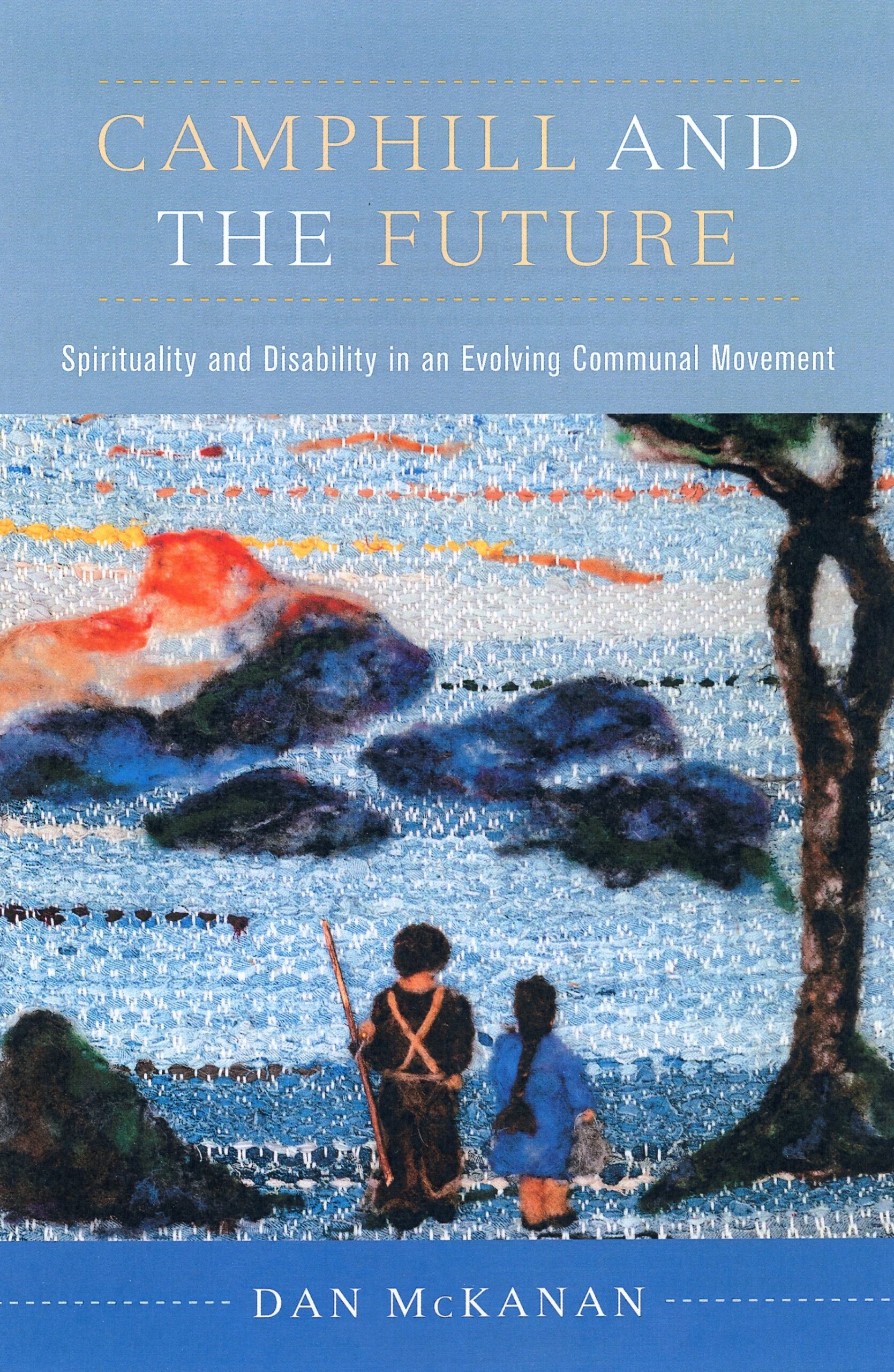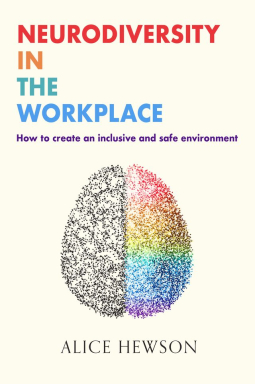
Camphill and the Future: Spirituality and Disability in an Evolving Communal Movement
Author:
Dan McKanan
Publisher:
University of California Press; 2020.
Price:
£29 – (250pp)
ISBN:
978-0-52097-535-4
Dan McKanan, a divinity professor at Harvard University, has regularly taken groups of students to visit different Camphill communities in the USA. For this book he visited many such communities throughout Europe and North America. Its publication is timely because 2020 marked the 80th anniversary of the founding of the Camphill Movement. There are, however, other reasons why its publication is opportune. Camphill Communities are facing serious and sustained challenges to their existence because of a range of financial, political, ideological, and professional pressures.
The content of this book necessarily reflects the views of those Camphillers who engaged with McKanan’s research. As someone familiar with Camphill over the same twenty-year period as McKanan, I recognise the many facets of Camphill life that he faithfully portrays. Like McKanan, I have never encountered starry-eyed utopians in Camphill who are convinced that they have discovered the true path for all humanity, nor have I found passive residents whose individuality has been stolen by an institution.
I recognise the four generations that McKanan identifies in Camphill: the founding generation comprising the circle of friends who fled from Vienna to Scotland in 1938; the second generation made up of those who came later, including children who had enrolled in the early Camphill schools and those co-workers who had joined the fledgling enterprise in 1940s and 1950s; the third Camphill generation made up of students, villagers and co-workers that he terms the baby boomers; and fourthly, those born in the 1960s and 1970s who made no long-term commitment to Camphill who he describes as the millennials.
McKanan rightly highlights the fact that two decades before the disability rights movement formulated the ‘social model of disability’ in the 1970s and 1980s, Dr Koenig – co-founder of the Camphill Movement – was already challenging the social dimensions of disablement theory. Indeed, at an early stage in the development of Camphill Koenig was holding public meetings throughout Scotland at which he was vigorously proclaiming the revolutionary notion that ‘no child is ineducable’.
As someone who shares McKanan’s keen interest in the history of the Camphill Movement, I wonder if sufficient recognition has been given to the role of women in the early years of the Movement. As a result of the men’s internment on the Isle of Man at the beginning of WW2 it was left to the women to establish Camphill. Indeed, a powerful argument can be advanced that these pioneering women were the true founders of Camphill. Whilst the men may have been deeply engaged in deliberating about the meaning of Camphill community life, the women were quietly and effectively giving practical expression to it.
It is a pity that this book does not include any photographic illustrations of the extraordinary variety of Camphill settings that exist throughout the world. I believe that this would have added a powerful dimension to this book; however, I appreciate that commercial considerations may have precluded their inclusion.
McKanan concludes his book by indicating that whatever the future may hold, Camphill has already demonstrated an important truth about intentional community, namely, that it is possible to create a cooperative alternative to mainstream society without cutting off one’s community from the developmental processes active in the larger society. Over the past eighty years Camphill has acquired considerable knowledge and expertise with different forms of community living. It is to be hoped that the content of this book will spur Camphillers to share their practical experience with those external to the Camphill Movement.




